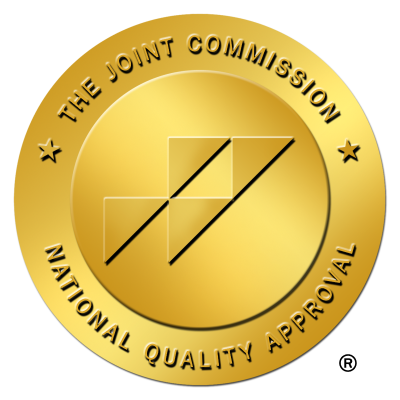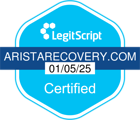How Dual-Diagnosis Treatment Treats Co-Occurring Disorders

Understanding Dual Diagnosis and Co-Occurring Disorders
In today's healthcare landscape, dual diagnosis represents a significant challenge, as it concerns individuals who face both mental health disorders and substance use disorders simultaneously. The interwoven nature of these issues can complicate both diagnosis and treatment, making a comprehensive and integrated approach necessary. This article delves into the intricacies of dual diagnosis, exploring its treatment methodologies and highlighting the importance of addressing both disorders in tandem for effective recovery.
The Interplay of Mental Health and Substance Use Disorders
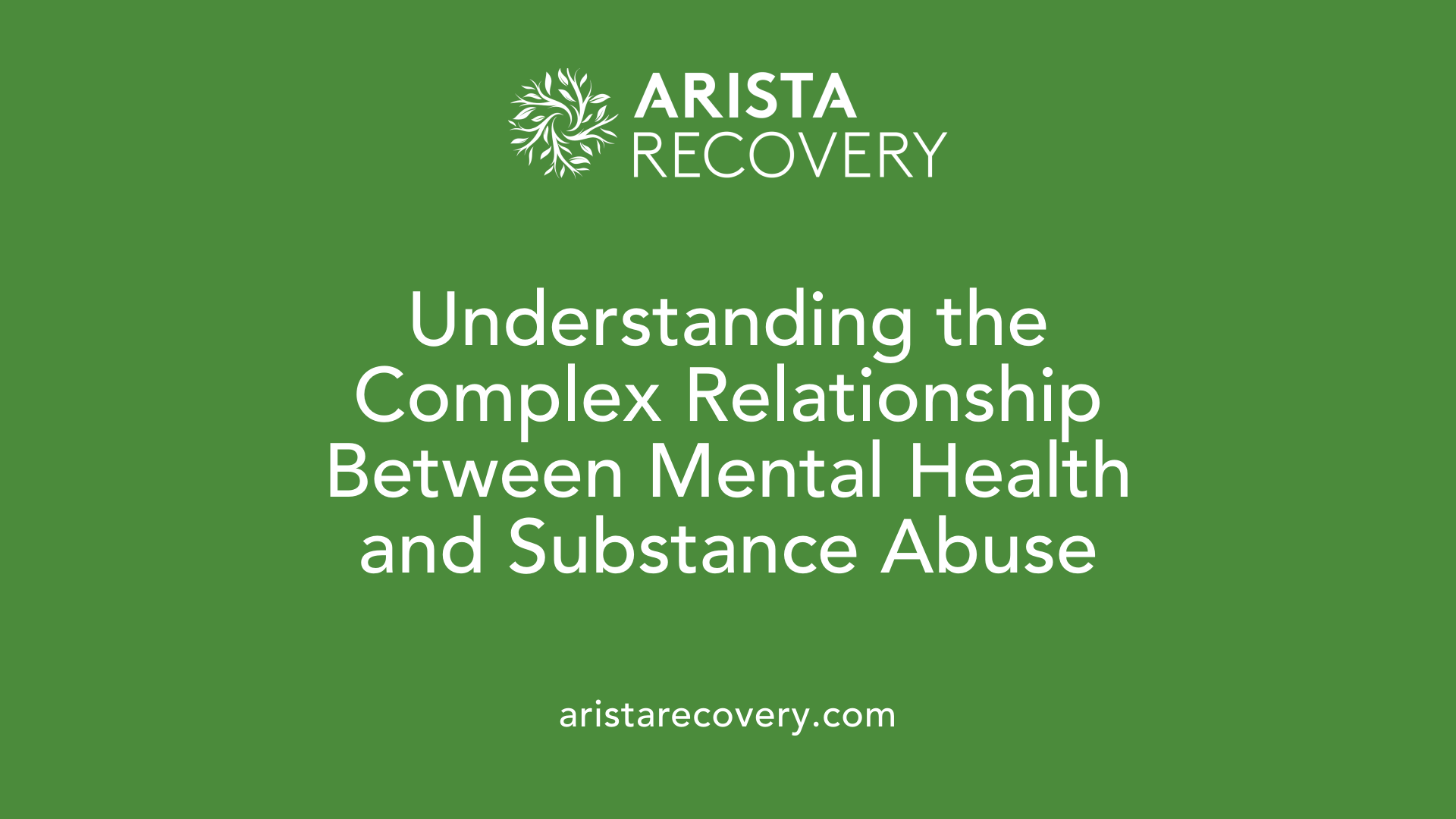
Definition of dual diagnosis and co-occurring disorders
Dual diagnosis refers to the simultaneous presence of a mental health disorder and a substance use disorder in an individual. This can encompass a range of psychiatric illnesses along with substance abuse issues. On the other hand, co-occurring disorders generally indicate that the mental health disorder emerges as a result of substance use. Therefore, while both terms involve the coexistence of these disorders, dual diagnosis involves two separate diagnoses, whereas co-occurring disorders tend to highlight the interdependent nature of these conditions.
The bi-directional relationship between mental health and substance use disorders
The relationship between mental health disorders and substance use disorders is complex and bi-directional. Individuals with mental health issues may turn to drugs or alcohol in an attempt to self-medicate, worsening their mental state over time. Conversely, substance abuse can exacerbate or trigger mental health symptoms, leading to new psychiatric challenges. This interplay complicates diagnosis and treatment, making integrated approaches crucial for effective recovery.
Common co-occurring mental health disorders
Several mental health disorders are frequently seen alongside substance use disorders. Common examples include:
| Mental Health Disorder | Description |
|---|---|
| Major Depressive Disorder | Characterized by persistent sadness and loss of interest. |
| Anxiety Disorders | Encompasses disorders like GAD, panic disorder, and social anxiety. |
| Bipolar Disorder | Involves mood swings ranging from depressive lows to manic highs. |
| PTSD | Results from trauma and can lead to substance use as a coping mechanism. |
| ADHD | Often linked with higher rates of substance misuse due to impulsivity. |
Recognizing these intertwined conditions allows for more tailored and effective treatment strategies.
Integrated Treatment Approaches: A Key to Recovery
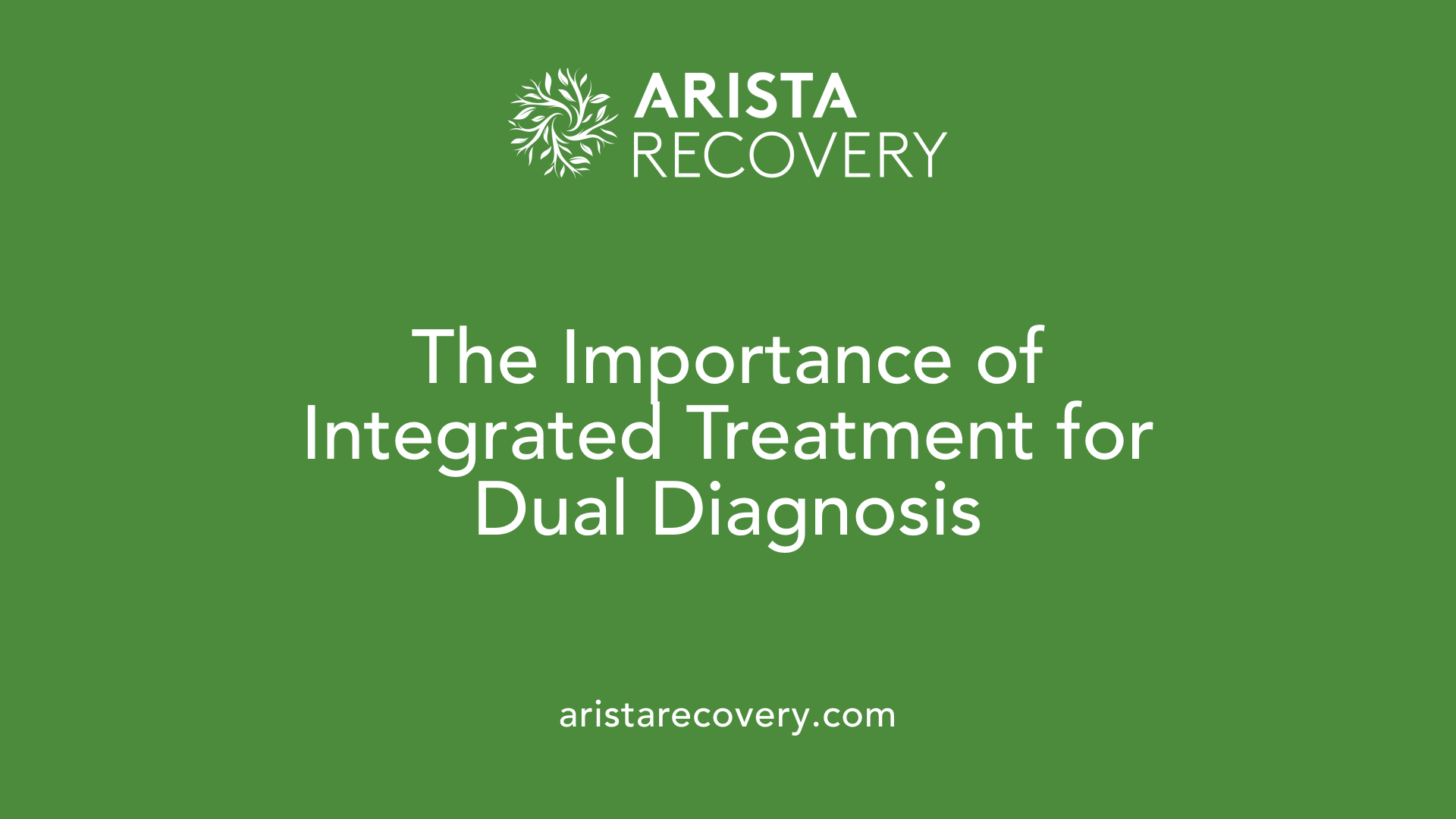
How important are integrated treatment approaches for dual diagnosis?
Integrated treatment approaches for dual diagnosis are vital as they allow for the simultaneous management of mental health and substance use disorders. This integrated care model promotes a holistic understanding of the interconnected nature of these conditions.
By addressing both disorders concurrently, integrated treatment not only enhances patient outcomes but also reduces the likelihood of complications that arise when one condition is left untreated.
Components of integrated care
Integrated care for co-occurring disorders typically includes a combination of the following:
- Behavioral therapy: Techniques such as Cognitive Behavioral Therapy (CBT) and Dialectical Behavior Therapy (DBT) are employed to help individuals develop coping skills and address harmful thought patterns.
- Medications: Anti-anxiety medications, antidepressants, or medications specifically for addiction may be prescribed to manage symptoms effectively.
- Support groups: Community support programs like Alcoholics Anonymous provide social reinforcement and shared experiences that aid recovery.
Benefits of therapy and medication in treating dual diagnosis
Using an evidence-based approach, the combination of therapy and medication has proven to yield significant benefits for those undergoing treatment for dual diagnosis. Patients receiving integrated treatment are more likely to achieve sobriety and experience reduced symptoms of their mental health disorders. This comprehensive approach leads to improvements in overall quality of life, higher engagement in recovery programs, and lower rates of readmission to treatment facilities.
The Therapeutic Edge in Managing Dual Diagnosis
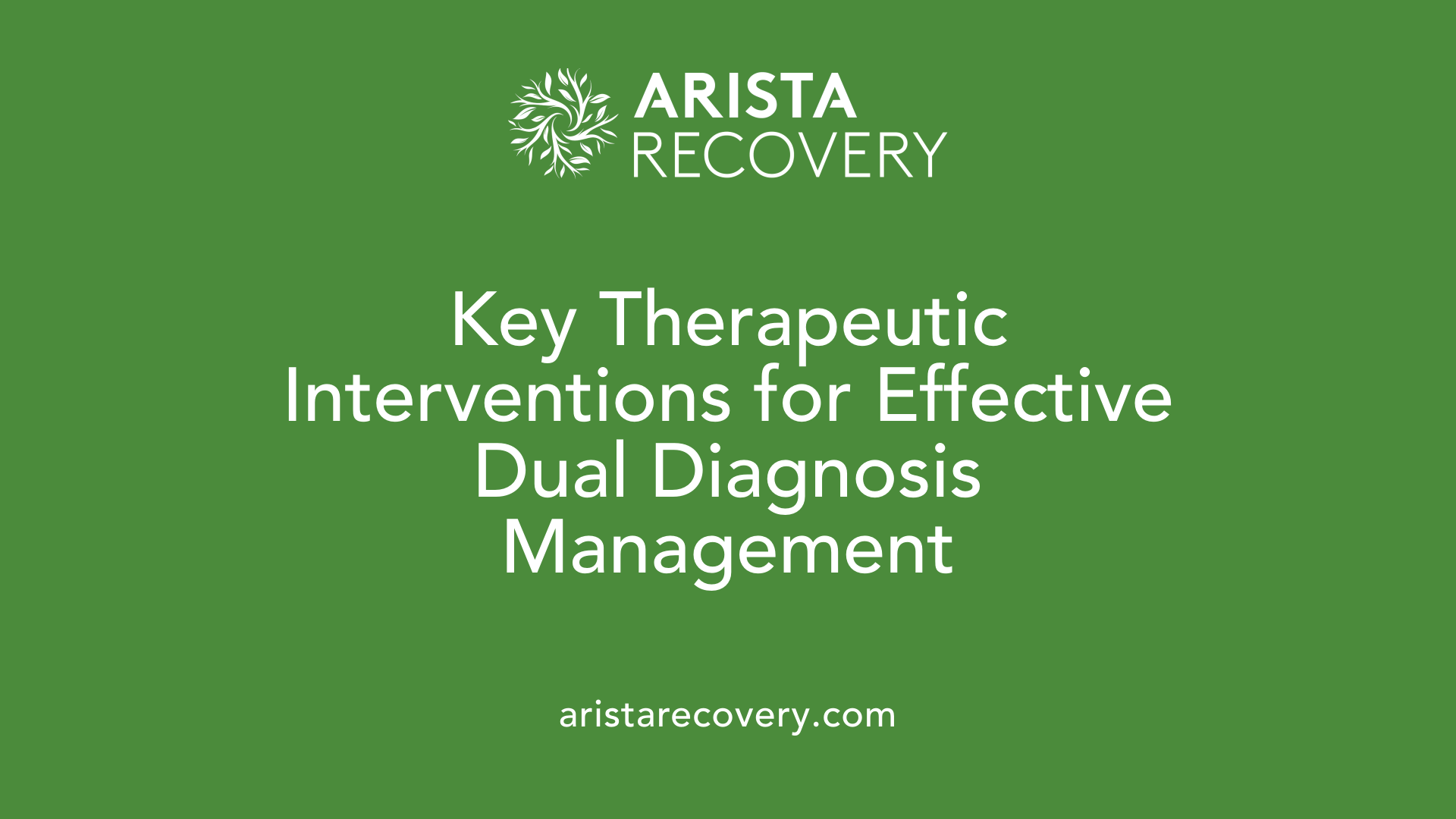
Therapeutic Interventions like CBT and DBT
Cognitive Behavioral Therapy (CBT) and Dialectical Behavior Therapy (DBT) are essential therapeutic interventions in the integrated treatment of dual diagnosis. These therapies focus on altering negative thought patterns and developing healthier coping mechanisms. CBT, in particular, helps individuals identify and change distorted beliefs that may lead to substance abuse or mental health crisis. Similarly, DBT equips patients with skills to handle intense emotions and reduce self-destructive behaviors, promoting emotional regulation.
Role of Psychotherapy in Managing Symptoms
Psychotherapy plays a central role in dual diagnosis treatment by addressing the intertwining symptoms of mental health disorders and substance use. Through individual and group therapy sessions, individuals can discuss their experiences in a supportive environment. This approach fosters personal insights and promotes accountability, making it a critical element in managing both conditions effectively.
Effectiveness of Evidence-Based Therapies
Evidence-based therapies, such as CBT and DBT, significantly enhance treatment outcomes for those with co-occurring disorders. Research supports that patients engaged in integrated treatment using these therapies are more likely to achieve sobriety and show considerable reductions in mental health symptoms. This dual-focused approach not only leads to improved emotional stability but also reduces the risk of relapse.
What are some of the benefits of the dual diagnosis treatment model?
Dual diagnosis treatment offers several significant benefits by addressing both substance use disorders and co-occurring mental health conditions simultaneously. This comprehensive approach leads to improved recovery outcomes, as individuals receive tailored treatment that targets the root causes of their issues. Patients benefit from increased motivation and positive coping skills, which enhance their ability to manage stress and avoid relapse.
Understanding Co-Occurring Disorders and Their Treatment
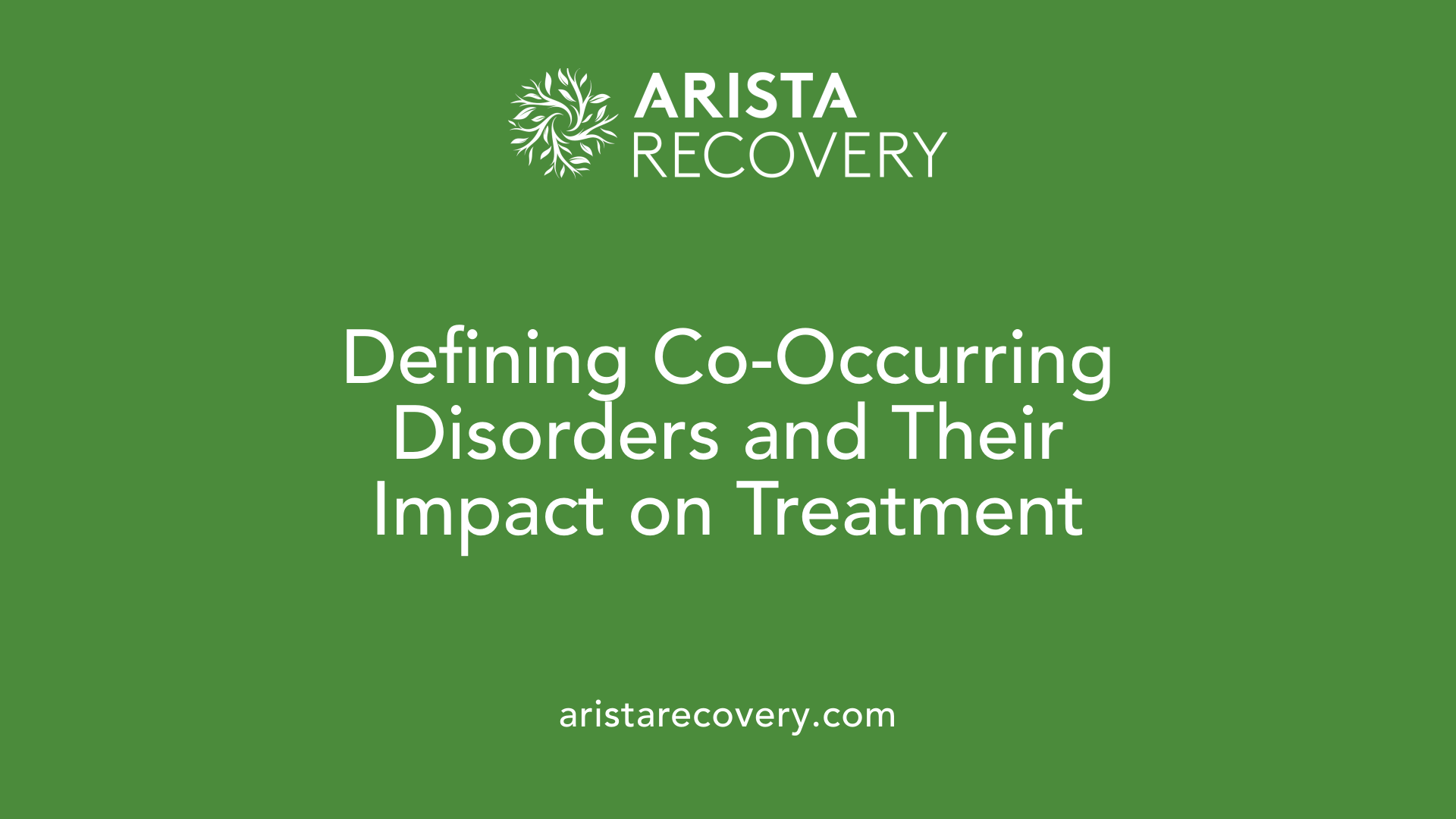
What are co-occurring disorders and their treatment?
Co-occurring disorders, also known as dual diagnosis, encompass the simultaneous presence of a substance use disorder (SUD) alongside one or more mental health disorders, such as anxiety, depression, or bipolar disorder. This intertwined relationship complicates both diagnosis and treatment, as symptoms of one disorder can amplify those of the other. Research indicates that approximately 50% of people with a mental health disorder will experience a substance use disorder during their lives, underscoring the importance of addressing both conditions together.
To effectively treat co-occurring disorders, integrated care models are recommended. These models ensure that treatment strategies focus on both mental health and substance abuse issues concurrently. For instance, Cognitive Behavioral Therapy (CBT) is often employed alongside medications that target both addiction and psychiatric symptoms. This comprehensive approach can mitigate symptoms and significantly improve recovery outcomes, making it essential for long-term success.
Challenges in treating co-occurring disorders
Treating co-occurring disorders presents several challenges, primarily due to the complexities of diagnosing and effectively managing both conditions. For example, symptoms from substance use can mimic or mask mental health disorders, making accurate diagnosis difficult. Additionally, individuals often experience higher severity in symptoms and may face a greater chance of relapse compared to those dealing with a single disorder.
Recommended treatment models
A successful treatment model for co-occurring disorders typically includes a combination of behavioral therapies, medications, and supportive interventions. Common recommended therapies are:
| Therapy Type | Description | Benefits |
|---|---|---|
| Cognitive Behavioral Therapy (CBT) | Aims to change destructive thought patterns and behaviors. | Improves coping strategies. |
| Dialectical Behavioral Therapy (DBT) | Focuses on mindfulness and emotional regulation. | Reduces self-destructive behavior. |
| Motivational Interviewing | Aligns individuals' substance use with personal goals for healthy living. | Enhances engagement in treatment. |
These integrated models not only assist in managing symptoms effectively but also promote overall recovery by recognizing the interconnected nature of mental health and substance use, ultimately leading to improved outcomes for those affected by co-occurring disorders.
The Best Practices for Treating Co-Occurring Disorders
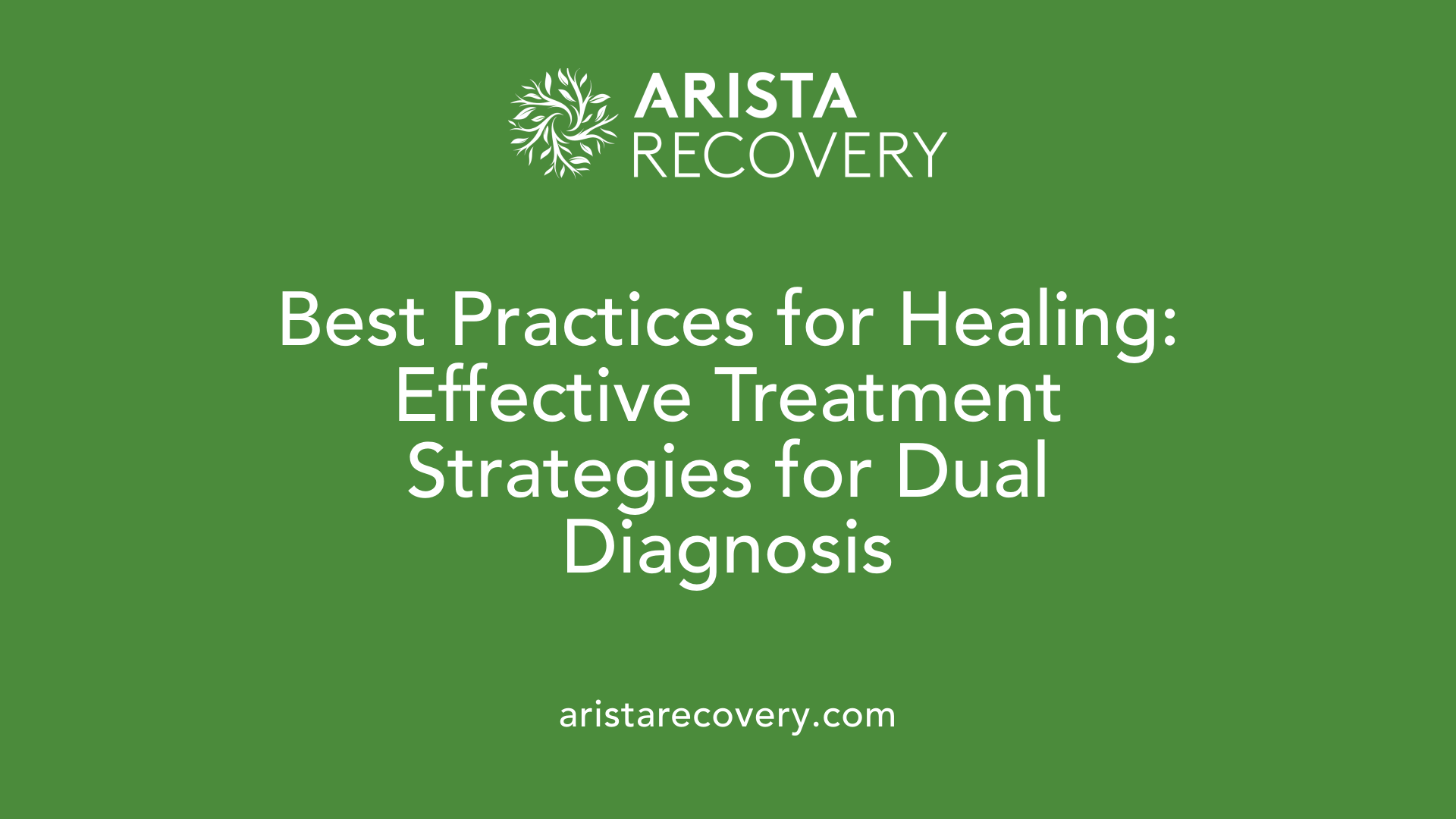
What does the best treatment for co-occurring disorders involve?
The best treatment for co-occurring disorders involves a comprehensive and integrated approach that simultaneously addresses both substance use and mental health issues. This method recognizes the interdependent nature of these conditions, ensuring that neither is treated in isolation.
Best treatment strategies for managing dual disorders
Effective treatment strategies typically include:
- Integrated therapy: Using behavioral therapies like Cognitive Behavioral Therapy (CBT) and Dialectical Behavior Therapy (DBT) to support coping skills development.
- Pharmacological interventions: Administering medications tailored to manage both mental health symptoms and addiction withdrawal, such as antidepressants or anxiolytics, while closely monitoring potential interactions.
- Support groups: Encouraging participation in support networks like Alcoholics Anonymous or specialized programs for individuals with dual diagnosis, fostering communal support and shared experiences.
Significance of integrated pharmacologic and psychotherapeutic interventions
Integrated treatment significantly enhances recovery outcomes. Research indicates that individuals receiving combined pharmacologic and psychotherapeutic care exhibit greater improvements in their overall health and are more likely to maintain sobriety, reducing risk factors associated with relapse.
Emerging therapies and innovations in treatment
Recent developments in treatment also include novel therapies such as repetitive transcranial magnetic stimulation (rTMS). These therapies aim to address complex interactions in dual diagnosis, offering new hopes for improved patient outcomes and sustained recovery.
Considering individual needs and specific mental health conditions is critical in formulating an effective dual diagnosis treatment plan.
Overcoming Barriers to Successful Dual Diagnosis Treatment
Barriers to Accessing Integrated Treatment
Despite the clear benefits of integrated treatment for co-occurring disorders, several barriers prevent individuals from accessing these essential services. These may include a lack of trained professionals, inadequate funding for specialized programs, and limited awareness among patients and providers regarding the existence of dual diagnosis treatment options. Additionally, stigma associated with mental health and substance use can deter seeking help.
Importance of Ongoing Assessments
Ongoing assessments are vital in dual diagnosis treatment as they ensure that both the mental health and substance use aspects are adequately addressed over time. Regular evaluations help clinicians adapt treatment plans according to the evolving needs of patients, supporting sustained recovery efforts.
How Personalized Care Plans Enhance Recovery
Personalized care plans significantly improve recovery outcomes by recognizing and addressing each individual's unique combination of disorders and personal circumstances. Tailoring interventions fosters a supportive environment, enhances engagement in treatment, and promotes the development of coping strategies that resonate with patients' specific experiences.
| Barrier | Impact | Potential Solutions |
|---|---|---|
| Lack of trained providers | Limited access to effective care | Increase training programs for providers |
| Funding constraints | Insufficient resources for programs | Advocate for enhanced funding |
| Stigma and discrimination | Reluctance to seek help | Public education campaigns |
Path Forward: Embracing Integrated Care
Dual diagnosis treatment stands out in its capacity to simultaneously address co-occurring mental health and substance use disorders, offering a path to comprehensive recovery. By prioritizing integrated care, individuals benefit from improved long-term outcomes and a greater understanding of the complex relationship between these disorders. As advancements in therapeutic techniques and medications continue to evolve, the future holds promise for more effective treatments and reduced barriers to accessing care. Ultimately, embracing a holistic approach to co-occurring disorders is crucial in supporting those on their journey to recovery.
References
- Dual Diagnosis - MedlinePlus
- Dual Diagnosis vs Co-Occurring Disorders: What's the Difference?
- Screening and Treatment of Co-Occurring Disorders - SAMHSA
- 5 Things to Know About Dual Diagnosis Treatment | Holly Hill Hospital
- Dual Diagnosis: Mental Health And Addiction
- Treatment for Substance Use Disorder With Co-Occurring Mental ...
- Deal with a Dual Diagnosis: Substance Abuse & Mental Health

